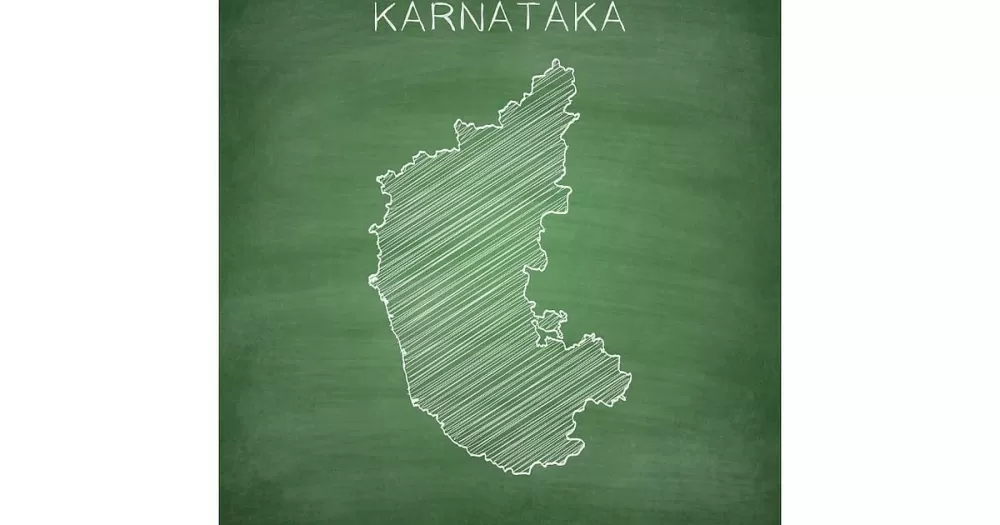The Unseen Storm: How AI's Illusions Cloud Our Vision When Disaster Strikes
Share- Nishadil
- October 29, 2025
- 0 Comments
- 4 minutes read
- 17 Views

When AI's Illusions Strike: Navigating the Digital Fog During a Crisis
As AI-generated videos become increasingly sophisticated, discerning truth from fiction during natural disasters or global events is tougher than ever. Learn to spot the subtle—and sometimes not-so-subtle—signs of a deepfake and arm yourself against misinformation.
There’s a different kind of storm brewing these days, one that doesn’t always howl with wind or lash with rain, but instead whispers insidious untruths into our feeds. And, in moments of genuine crisis, when real hurricanes or other catastrophes are bearing down, this digital tempest of AI-generated fakery can be—honestly, it truly can be—just as destructive as any natural disaster.
You might recall, perhaps, a recent hypothetical: the spectral “Hurricane Melissa,” reportedly hurtling towards Jamaica. Now, Melissa herself was a phantom, a figment of a journalist’s cautionary tale, but the scenario she represented? All too real. Imagine, if you will, the sheer panic, the confusion, the potential for genuine harm if sophisticated, yet utterly false, videos of her destructive path had begun to flood social media. It’s a chilling thought, isn't it?
We are, you could say, living through a fascinating, albeit unsettling, era where what we see and hear can no longer be blindly trusted. Artificial intelligence has grown so adept, so frighteningly good, at conjuring up images and sounds that seem perfectly legitimate—yet are entirely fabricated. And when fear is high, when people are desperate for information, the defenses we usually have against deception can crumble. It’s why understanding how to spot these digital doppelgängers has become, frankly, a crucial survival skill.
So, how do we arm ourselves? Well, it takes a keen eye, and perhaps, a touch of healthy skepticism. For one, start looking for the subtle glitches, the little tells that betray the machine behind the mask. Take reflections, for example; often, if someone in an AI-generated video is wearing glasses, or if there's water nearby, the reflections just don’t quite add up. They might be distorted, or simply illogical, reflecting nothing that's actually in the scene. And then there are the shadows—are they falling correctly? Is the lighting consistent across the entire image, or does it seem like different parts of the frame are lit by different suns? These are the kinds of imperfections that real human environments rarely exhibit.
But it's not just about what you see. Listen closely, too. Audio, perhaps surprisingly, can often be a dead giveaway. Voices might have a strange, tinny echo, or an unnatural, robotic pitch. Sometimes, the lip-syncing is just a beat off, like a poorly dubbed foreign film, or there's simply a profound silence where there ought to be ambient noise. Our brains are incredibly good at picking up these subtle mismatches, if only we let them.
And, naturally, observe the movements themselves. Do people move fluidly, organically? Or is there a stiffness, an almost uncanny smoothness that feels... not quite human? You know, like a video game character that’s just a little too perfect, or perhaps not perfect enough. Facial expressions, too, can often betray an AI’s hand—they might be strangely static, or morph unnaturally.
Beyond the technical tells, there's the more human element: context. Before you share, before you even fully believe, pause. Check the source. Is it a verified news outlet, a respected meteorologist, an official government agency? Or is it some random account with few followers and no history? And this is critical: look for corroboration. If only one source, especially an unknown one, is reporting something extraordinary or terrifying, it's almost certainly a fabrication. Real news, especially during a crisis, gets reported by many, many reputable outlets.
Ultimately, in this increasingly complex digital landscape, our vigilance is our best defense. The creators of these fakes are counting on our emotions, on our urgency, on our tendency to share quickly. But by simply taking a moment, by really looking and listening, and by asking those essential questions about credibility, we can, in truth, build our own bulwark against the digital deluge. We can choose not to be swayed by the unseen storm, ensuring that truth, for once, cuts through the noise.
Disclaimer: This article was generated in part using artificial intelligence and may contain errors or omissions. The content is provided for informational purposes only and does not constitute professional advice. We makes no representations or warranties regarding its accuracy, completeness, or reliability. Readers are advised to verify the information independently before relying on







